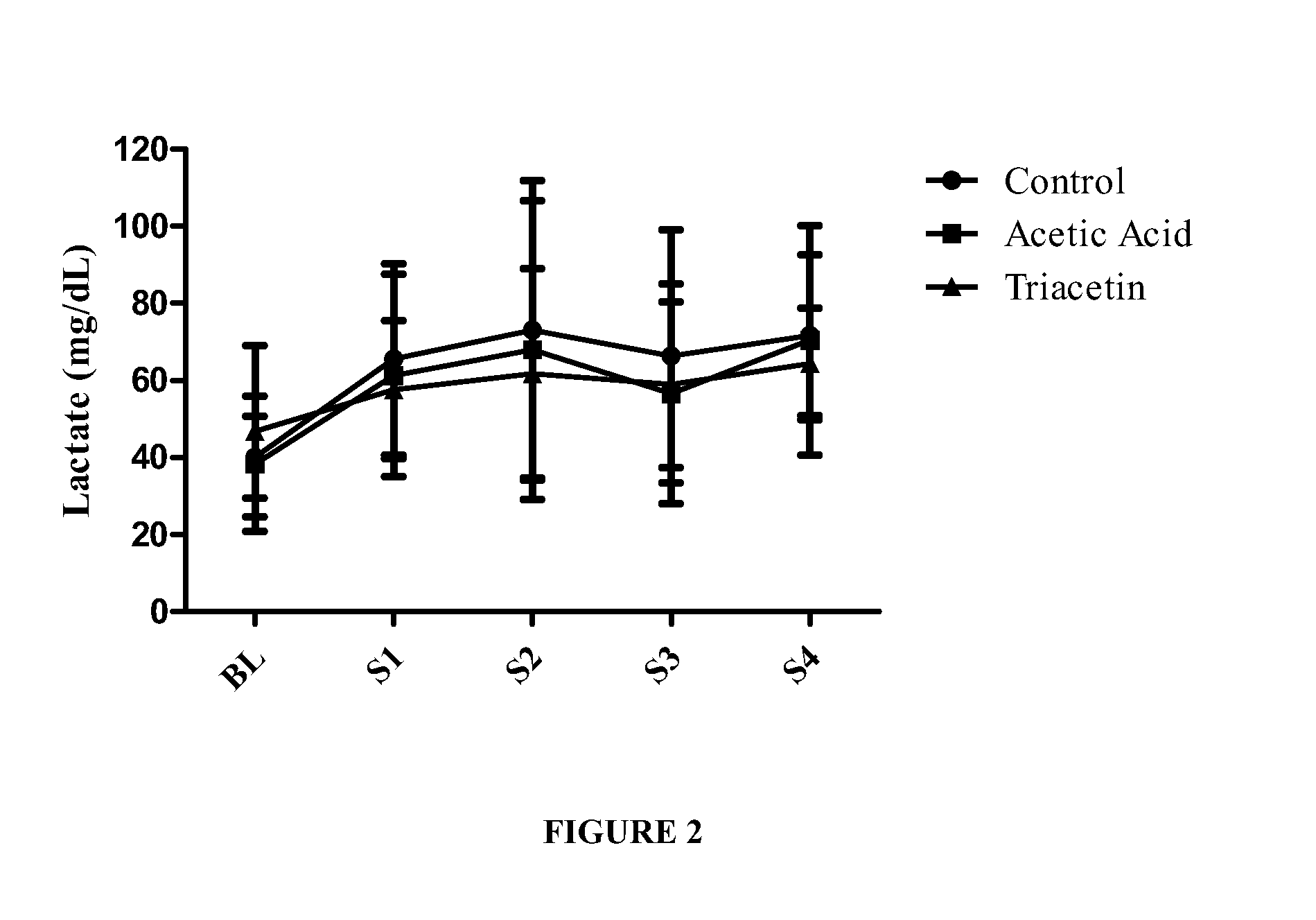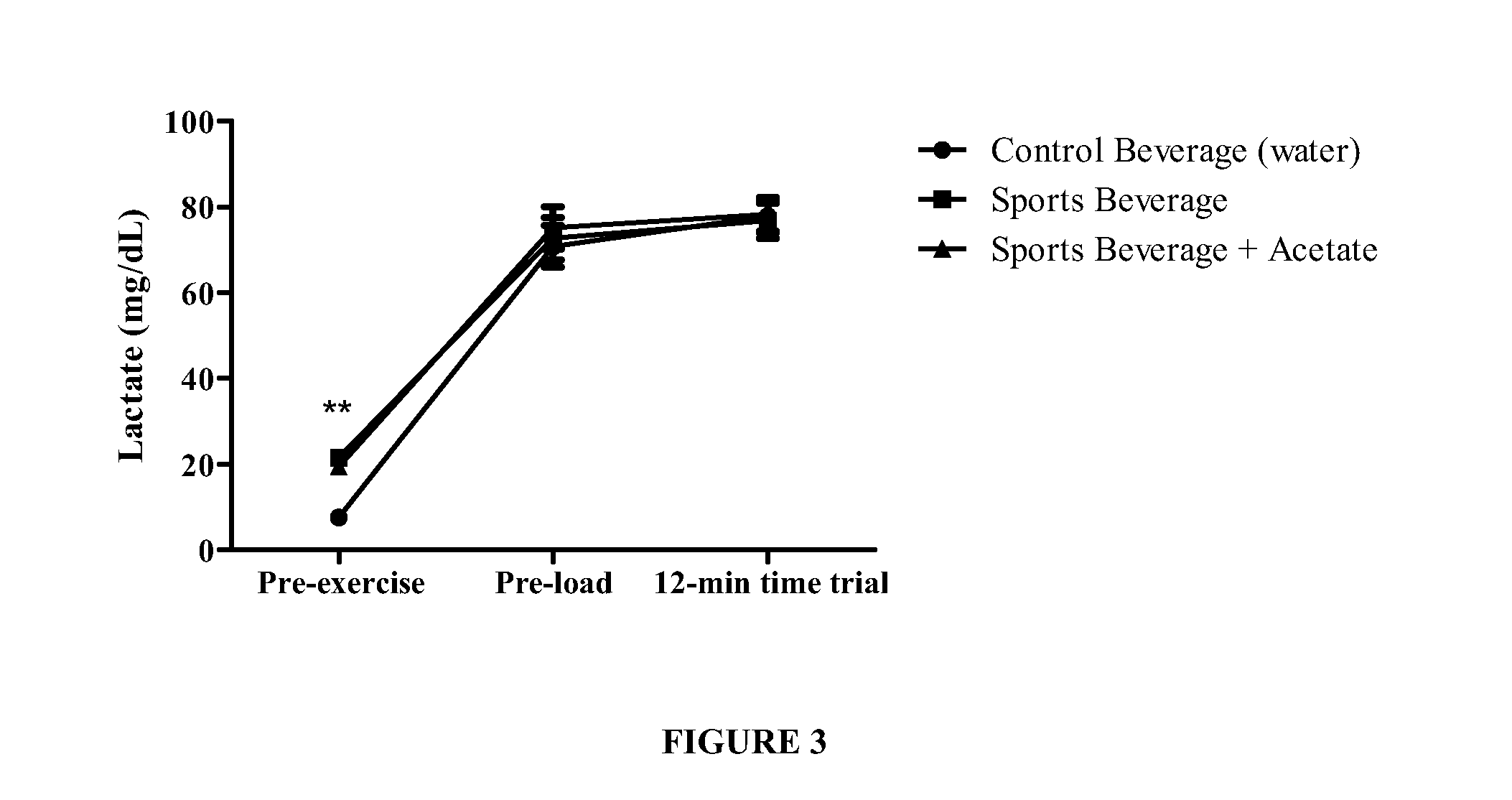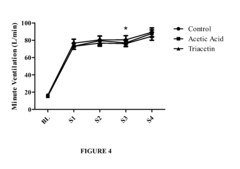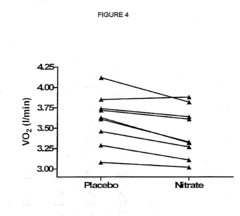Hypertonic Drinks: Advances in Athletic Performance Enhancements
Hypertonic Drinks Evolution
The evolution of hypertonic drinks in the realm of athletic performance enhancement has been marked by significant advancements in sports nutrition science. Initially, athletes relied on water and simple sugar solutions to replenish fluids and energy during intense physical activities. However, as research progressed, the importance of electrolyte balance and carbohydrate intake became increasingly apparent.
In the 1960s, the concept of sports drinks began to take shape, with the introduction of Gatorade at the University of Florida. This marked a pivotal moment in the development of hypertonic beverages, as it combined water, electrolytes, and carbohydrates in a formulation designed to improve hydration and performance. The success of Gatorade sparked a wave of research and development in the field of sports nutrition.
Throughout the 1970s and 1980s, scientists delved deeper into the physiological effects of different carbohydrate concentrations and electrolyte compositions. This led to the refinement of sports drink formulations, with a focus on optimizing absorption rates and energy delivery. The concept of osmolality became central to the development of hypertonic drinks, as researchers sought to create solutions that could rapidly deliver nutrients to working muscles.
The 1990s saw a shift towards more specialized formulations, tailored to specific sports and exercise intensities. Hypertonic drinks with higher carbohydrate concentrations were developed for endurance athletes, while isotonic and hypotonic options were created for shorter-duration activities. This era also witnessed the incorporation of additional performance-enhancing ingredients such as caffeine and amino acids into sports drink formulations.
In the 2000s, advancements in molecular biology and nutrition science led to a more nuanced understanding of carbohydrate metabolism during exercise. This resulted in the development of multi-transportable carbohydrate blends, designed to maximize absorption and utilization rates. Concurrently, the role of protein in recovery and performance gained attention, leading to the creation of carbohydrate-protein hypertonic beverages.
Recent years have seen a focus on personalization and precision in hypertonic drink formulations. With the advent of wearable technology and real-time physiological monitoring, researchers are now exploring ways to tailor drink compositions to individual athletes' needs and specific environmental conditions. Additionally, there is growing interest in natural and plant-based ingredients, as well as the potential benefits of functional compounds such as nitrates and antioxidants in hypertonic beverages.
As we look to the future, the evolution of hypertonic drinks continues to be driven by advances in nutritional science, exercise physiology, and biotechnology. The integration of these disciplines promises to yield even more effective and targeted solutions for enhancing athletic performance and recovery.
Sports Nutrition Market
The sports nutrition market has experienced significant growth in recent years, driven by increasing health consciousness, rising participation in sports and fitness activities, and a growing awareness of the importance of proper nutrition for athletic performance. This market segment encompasses a wide range of products, including protein powders, energy bars, sports drinks, and specialized supplements designed to enhance athletic performance and recovery.
Hypertonic drinks, a subset of sports nutrition beverages, have gained particular attention due to their potential to improve athletic performance. These drinks contain a higher concentration of solutes compared to body fluids, which can help replenish electrolytes and provide quick energy during intense physical activities. The market for hypertonic drinks has been expanding as athletes and fitness enthusiasts seek more effective hydration and performance-enhancing solutions.
The global sports nutrition market size was valued at approximately $44 billion in 2021 and is projected to grow at a compound annual growth rate (CAGR) of around 8% from 2022 to 2030. This growth is attributed to factors such as the increasing number of health clubs and fitness centers, rising disposable incomes, and a growing trend towards preventive healthcare.
Within the sports nutrition market, the sports drinks segment, which includes hypertonic drinks, holds a significant share. This segment is expected to witness substantial growth due to the increasing demand for convenient and effective hydration solutions among athletes and active individuals. The market for sports drinks is highly competitive, with major players continuously innovating to develop products with improved taste, functionality, and nutritional profiles.
Key market trends in the sports nutrition sector include the rising popularity of plant-based and natural ingredients, personalized nutrition solutions, and the integration of advanced technologies in product development and marketing. Consumers are increasingly seeking products that not only enhance performance but also align with their dietary preferences and health goals.
The Asia-Pacific region is emerging as a lucrative market for sports nutrition products, including hypertonic drinks, due to the growing health and fitness awareness in countries like China and India. North America and Europe continue to be significant markets, driven by a well-established fitness culture and high consumer spending on health-related products.
As the sports nutrition market evolves, manufacturers of hypertonic drinks are focusing on developing innovative formulations that offer targeted benefits for different types of athletes and activities. This includes drinks designed for endurance sports, high-intensity interval training, and recovery. The market is also seeing an increased emphasis on clean label products and sustainable packaging solutions to meet consumer demands for transparency and environmental responsibility.
Osmolality Challenges
One of the primary challenges in developing hypertonic drinks for athletic performance enhancement is achieving and maintaining optimal osmolality. Osmolality refers to the concentration of dissolved particles in a solution, which directly affects fluid absorption and retention in the body. For hypertonic drinks, the goal is to create a solution with higher osmolality than body fluids, typically above 300 mOsm/kg.
The main difficulty lies in balancing the osmolality to maximize performance benefits while minimizing gastrointestinal distress. Excessively high osmolality can lead to fluid shifts from the bloodstream into the intestines, potentially causing dehydration and gastrointestinal discomfort. Conversely, if the osmolality is too low, the drink may not provide the desired performance-enhancing effects.
Another challenge is maintaining consistent osmolality across different flavors and formulations. Various ingredients, such as carbohydrates, electrolytes, and flavorings, can significantly impact osmolality. Ensuring that each product variant maintains the intended osmolality requires precise formulation and quality control measures.
The osmolality of hypertonic drinks can also be affected by environmental factors during storage and transportation. Temperature fluctuations and extended shelf life may alter the osmolality, potentially compromising the product's effectiveness. Developing stable formulations that maintain consistent osmolality under various conditions is crucial for product reliability.
Furthermore, individual variations in athlete physiology and sweat rates complicate the optimization of osmolality. What works for one athlete may not be ideal for another, necessitating a range of products with different osmolality levels to cater to diverse needs.
Regulatory compliance adds another layer of complexity to osmolality challenges. Different countries and sports organizations may have varying standards and limits for the osmolality of sports drinks, requiring manufacturers to adapt their formulations accordingly.
Addressing these osmolality challenges requires a multidisciplinary approach, combining expertise in nutrition science, physiology, food technology, and quality control. Ongoing research and development efforts focus on innovative ingredients and formulation techniques to overcome these hurdles and create more effective hypertonic drinks for athletic performance enhancement.
Current Hypertonic Solutions
01 Composition of hypertonic sports drinks
Hypertonic drinks for athletic performance are formulated with higher concentrations of carbohydrates and electrolytes than found in the body's fluids. These drinks aim to provide rapid energy and hydration during intense physical activities. The composition typically includes various sugars, electrolytes like sodium and potassium, and sometimes additional nutrients to support performance and recovery.- Composition of hypertonic sports drinks: Hypertonic drinks for athletic performance are formulated with higher concentrations of carbohydrates and electrolytes than found in the body's fluids. These drinks aim to provide rapid energy and hydration during intense physical activity. The composition typically includes various sugars, electrolytes like sodium and potassium, and sometimes additional performance-enhancing ingredients.
- Effects on athletic performance and recovery: Hypertonic drinks can improve athletic performance by providing quick energy and maintaining hydration levels. They may enhance endurance, delay fatigue, and support faster recovery post-exercise. The high carbohydrate content helps replenish glycogen stores, while electrolytes aid in fluid balance and muscle function.
- Timing and consumption strategies: The optimal use of hypertonic drinks involves specific timing and consumption strategies. These may include pre-exercise loading, during-exercise sipping, and post-exercise replenishment. The amount and frequency of consumption can be tailored based on the duration and intensity of the athletic activity, as well as individual physiological needs.
- Monitoring and personalization of hydration: Advanced technologies and methods are being developed to monitor an athlete's hydration status and personalize hypertonic drink consumption. These may include wearable devices, sweat analysis tools, and real-time performance tracking systems. Such innovations allow for more precise and individualized hydration strategies to maximize the benefits of hypertonic drinks.
- Integration with training and competition systems: Hypertonic drinks are being integrated into comprehensive athletic training and competition systems. This includes incorporating their use into workout plans, nutrition programs, and performance analytics. Some systems may combine drink consumption data with other performance metrics to optimize overall athletic outcomes and tailor strategies for different sports and individual athletes.
02 Effects on athletic performance and recovery
Hypertonic drinks can enhance athletic performance by providing quick energy and maintaining hydration levels during prolonged exercise. They may improve endurance, delay fatigue, and support faster recovery post-exercise. The high carbohydrate content helps replenish glycogen stores, while electrolytes aid in fluid balance and muscle function.Expand Specific Solutions03 Timing and consumption strategies
The optimal use of hypertonic drinks involves specific timing and consumption strategies. These may include pre-exercise loading, during-exercise sipping, and post-exercise replenishment. The amount and frequency of consumption can be tailored based on the intensity and duration of the athletic activity, as well as individual physiological needs and environmental conditions.Expand Specific Solutions04 Monitoring and personalization of hydration
Advanced technologies and methods are being developed to monitor and personalize hydration strategies using hypertonic drinks. These may include wearable devices that track sweat rate and composition, smart water bottles that monitor fluid intake, and personalized hydration plans based on individual physiological data and performance metrics.Expand Specific Solutions05 Integration with training and performance analysis
Hypertonic drink consumption is being integrated into broader athletic training and performance analysis systems. This includes incorporating hydration data into overall performance metrics, using AI and machine learning to optimize hydration strategies, and developing comprehensive athlete management systems that consider nutrition, hydration, and training load for peak performance.Expand Specific Solutions
Key Beverage Manufacturers
The hypertonic drinks market for athletic performance enhancement is in a growth phase, driven by increasing demand for sports nutrition products. The market size is expanding rapidly, with major players like The Coca-Cola Co. and Abbott Laboratories investing heavily in research and development. Technological advancements are pushing the industry towards more sophisticated formulations, with companies like Cargill, Inc. and DSM IP Assets BV leading in ingredient innovations. The technology maturity varies, with established firms like Danone SA and Roquette Frères SA offering well-developed products, while newer entrants like HEARTBEET Ltd and Revalesio Corp. are introducing novel approaches. Universities and research institutions, such as Penn State Research Foundation and The University of New Mexico, are contributing to the scientific understanding of hypertonic drinks, further driving innovation in this competitive landscape.
The Coca-Cola Co.
Cargill, Inc.
Osmotic Pressure Research
- A sports beverage containing an aqueous solution of a carbohydrate source, an acetate source, and electrolytes, specifically designed to be consumed before, during, or after exercise, which includes acetic acid or its derivatives to provide rapid energy and reduce muscle damage and fluid loss.
- Administration of inorganic nitrate and/or nitrite, combined with polyphenols and non-pathogenic bacteria, to enhance nitric oxide bioavailability and reduce oxygen uptake during exercise, thereby improving muscular efficiency without increasing plasma lactate levels.
Regulatory Framework
The regulatory framework surrounding hypertonic drinks and their use in athletic performance enhancement is complex and multifaceted, involving various governing bodies and regulations across different jurisdictions. At the international level, the World Anti-Doping Agency (WADA) plays a crucial role in setting standards for the use of performance-enhancing substances in sports. While hypertonic drinks themselves are not typically classified as prohibited substances, their composition and use are subject to scrutiny.
In the United States, the Food and Drug Administration (FDA) regulates dietary supplements, including sports drinks, under the Dietary Supplement Health and Education Act (DSHEA) of 1994. This legislation provides guidelines for the manufacturing, labeling, and marketing of these products. Manufacturers must ensure that their hypertonic drinks comply with FDA regulations regarding ingredient safety and labeling accuracy.
The European Food Safety Authority (EFSA) oversees the regulation of sports drinks in the European Union. EFSA has established specific guidelines for health claims related to sports nutrition products, including hypertonic drinks. Manufacturers must provide scientific evidence to support any performance enhancement claims made on their products.
In professional sports, individual leagues and organizations often have their own policies regarding the use of performance-enhancing substances and supplements. These policies may include restrictions on the use of certain ingredients or require athletes to disclose their use of hypertonic drinks and other supplements.
The regulatory landscape also extends to advertising and marketing practices. In many countries, strict regulations govern how performance-enhancing products can be promoted, particularly to young athletes. Claims about the efficacy of hypertonic drinks must be substantiated and not misleading.
As research in sports nutrition advances, regulatory bodies continually update their guidelines to reflect new scientific findings. This dynamic regulatory environment requires manufacturers and athletes to stay informed about the latest developments and ensure compliance with evolving standards.
The global nature of sports competitions adds another layer of complexity to the regulatory framework. Athletes competing in international events must navigate the regulations of multiple jurisdictions, ensuring that their use of hypertonic drinks complies with both their home country's regulations and those of the host country.
In conclusion, the regulatory framework for hypertonic drinks in athletic performance enhancement is characterized by a balance between promoting innovation in sports nutrition and ensuring athlete safety and fair competition. As the field continues to evolve, ongoing collaboration between regulatory bodies, sports organizations, and scientific researchers will be crucial in shaping future policies and guidelines.
Bioavailability Innovations
Recent advancements in bioavailability innovations have significantly enhanced the efficacy of hypertonic drinks in athletic performance. These innovations focus on improving the absorption and utilization of key nutrients and electrolytes, maximizing the benefits of hypertonic solutions for athletes.
One notable innovation is the development of nanoencapsulation techniques for electrolytes and carbohydrates. This approach involves encasing these essential components in nanoscale particles, which can more easily penetrate cell membranes and enhance absorption rates. Studies have shown that nanoencapsulated electrolytes in hypertonic drinks can lead to faster rehydration and improved endurance in athletes.
Another breakthrough is the incorporation of specific amino acid complexes that act as carriers for electrolytes. These amino acid-electrolyte complexes have demonstrated superior absorption rates compared to traditional electrolyte formulations. By leveraging the body's natural amino acid transport systems, these complexes facilitate more efficient uptake of crucial minerals like sodium and potassium.
Researchers have also made strides in optimizing the osmolality of hypertonic drinks. By fine-tuning the concentration and composition of solutes, newer formulations achieve a balance that promotes rapid fluid absorption while maintaining the hypertonic state. This optimization has resulted in drinks that can deliver energy and electrolytes more effectively during intense physical activity.
The integration of specific enzymes in hypertonic drink formulations represents another innovative approach. These enzymes are designed to break down complex carbohydrates into more readily absorbable forms during consumption. This real-time conversion process ensures a steady supply of energy and helps maintain optimal blood glucose levels throughout athletic performance.
Advanced delivery systems, such as time-release capsules within the drink, have also been developed. These capsules gradually release their contents over time, providing a sustained supply of nutrients and electrolytes. This innovation is particularly beneficial for endurance athletes, as it helps maintain consistent energy levels and hydration status over extended periods.
Lastly, the incorporation of specific probiotic strains in hypertonic drinks has shown promise in enhancing nutrient absorption. These probiotics can improve gut health and increase the efficiency of nutrient uptake, potentially leading to better overall performance and recovery for athletes.
These bioavailability innovations collectively represent a significant leap forward in the effectiveness of hypertonic drinks. By enhancing the body's ability to absorb and utilize key components, these advancements are pushing the boundaries of athletic performance enhancement, offering athletes more efficient and targeted nutritional support during competition and training.







